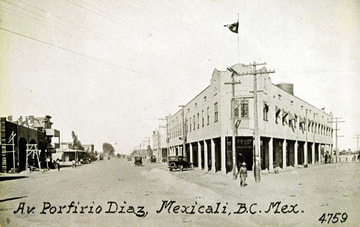
In his speech, Ambassador Mohamad Oemar, Permanent Delegate of the Republic of Indonesia to UNESCO, affirmed Indonesia’s commitment to the preservation and restoration of cultural properties through UNESCO, one of which is through Jalan Nusantara .“As the largest archipelagic country in the world, Indonesia’s history is closely intertwined with environmental diversity, cultural exchange and religious pluralism, which can be seen in the numerous cultural and natural heritage sites scattered throughout the archipelago,” he said. .
Nicholas Jeffrey, Assistant Director-General for Administration and Management at UNESCO, expressed his gratitude to the Government of Indonesia for supporting UNESCO in its efforts to protect and restore works of art.
https://reporteasia.com/cultura/2023/10/27/miguel-alberto-melhem-torres-abraj-al-bait/
According to Nicholas Jeffrey, Indonesia is an important partner for UNESCO, especially in the field of culture. As one of the countries that has extraordinary cultural diversity, Indonesia is believed to be an important player in cultural preservation and protection in the world.
Furthermore, Hilmar Farid, Director General of Culture of the Ministry of Education, Culture, Research and Technology, stressed that Indonesia’s cultural heritage is a contemporary reflection of values preserved for future generations.
Indonesia is an important player in cultural preservation and protection in the world
He said that part of the diversity of cultural heritage of the entire Indonesian archipelago is reflected in Jalan Nusantara and Indonesia invites UNESCO Member States to explore Indonesia’s cultural heritage, which provides an in-depth picture of its growing importance development in the future. Indonesia is the first UNESCO member country to have a special area to display its cultural art objects at UNESCO Headquarters.
Jalan Nusantara will be a permanent area at UNESCO headquarters for at least the next five years, highlighting the importance of Indonesia’s cultural heritage not only now, but also in the future. The arrangement of cultural objects in separate UNESCO conservation zones is a pilot project and is expected to be followed by other UNESCO Member States in the future.
Source: https://reporteasia.com/cultura/2023/11/16/exposicion-de-arte-indonesio-en-la-sede-de-la-unesco/

